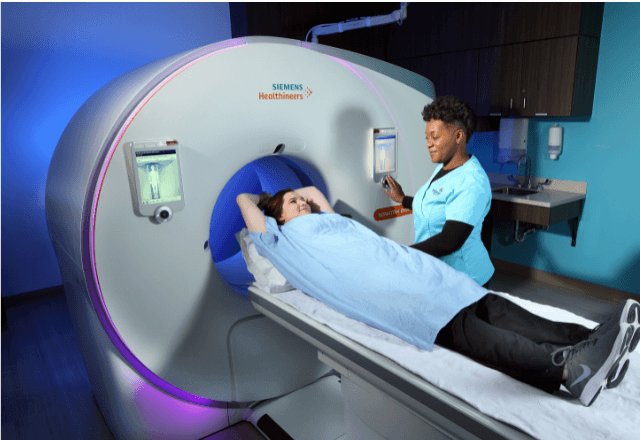Endoscopic Ultrasound Testing in Veterinary Gastroenterology
The use of endoscopic ultrasound (EUS) in veterinary gastroenterology has revolutionized diagnostic and therapeutic approaches. This advanced imaging modality allows for detailed visualization of the gastrointestinal tract, including its layers, adjacent organs, and structures such as lymph nodes and blood vessels. EUS is particularly valuable in identifying pathologies that are not accessible to other less invasive techniques.
In veterinary practice, endoscopic ultrasound is often employed when traditional diagnostic methods like X-rays or CT scans fail to provide sufficient information about the condition of a pet's gastrointestinal system. The procedure involves inserting an ultrasound probe through an endoscope into the patient’s mouth and guiding it down the esophagus until it reaches the stomach. From there, the probe can be maneuvered to various points within the digestive tract for imaging.
The primary advantage of EUS lies in its ability to detect subtle changes that may indicate early-stage diseases or structural abnormalities. For instance, it helps diagnose conditions such as gastric ulcers, tumors, lymphangiomas, and foreign bodies. The high-resolution images produced by this technique enable veterinarians to make accurate diagnoses without resorting to more invasive surgical procedures.
Moreover, EUS facilitates minimally invasive biopsies of suspicious areas identified during the examination. This capability significantly reduces stress on the animal and minimizes recovery time compared to open surgery. Additionally, the ultrasound component allows for real-time assessment of organ function, which is crucial in managing chronic conditions like inflammatory bowel disease.
The integration of EUS into veterinary gastroenterology has expanded diagnostic capabilities beyond what was previously possible with less sophisticated imaging tools. By providing detailed anatomical insights and functional assessments, this technology supports more precise treatment planning and monitoring of therapeutic responses.
Why It Matters
EUS plays a critical role in enhancing the accuracy of diagnoses in veterinary gastroenterology by offering unparalleled visualization capabilities within the gastrointestinal tract. This is particularly important given the complexity and variability of digestive disorders seen in pets. Early detection through EUS can lead to timely interventions, improving outcomes for both acute and chronic conditions.
For instance, consider a scenario where a dog presents with vomiting and weight loss but traditional imaging does not reveal clear pathology. An EUS examination might uncover a small gastric ulcer or lymphangioma that would otherwise go undiagnosed. Such findings guide appropriate treatment strategies, which could range from dietary changes to targeted medication or surgical intervention.
The importance of accurate diagnosis cannot be overstated in veterinary care. Misdiagnosis can lead to inappropriate treatments and potentially harmful side effects for the patient. EUS helps avoid these pitfalls by providing clear images of internal structures that guide clinicians towards the most effective therapies. Furthermore, it allows for regular follow-up assessments, ensuring ongoing monitoring of the condition's progression or response to therapy.
Benefits
- Non-Invasive Diagnostics: EUS offers a non-invasive alternative to more invasive surgical procedures, making it safer for pets and reducing recovery times.
- Precise Localization: The technology provides precise localization of lesions within the gastrointestinal tract, aiding in targeted biopsies and treatments.
- Functional Assessment: EUS enables functional assessments of organs like the pancreas and bile ducts, helping to diagnose conditions affecting these structures.
- Early Detection: By identifying subtle changes early on, EUS contributes to earlier intervention and better prognosis for patients.
- Minimally Invasive Biopsies: The ability to perform biopsies under direct visualization reduces the risk associated with surgical procedures.
- Improved Treatment Planning: Detailed images enhance the accuracy of treatment plans, leading to improved patient outcomes.





